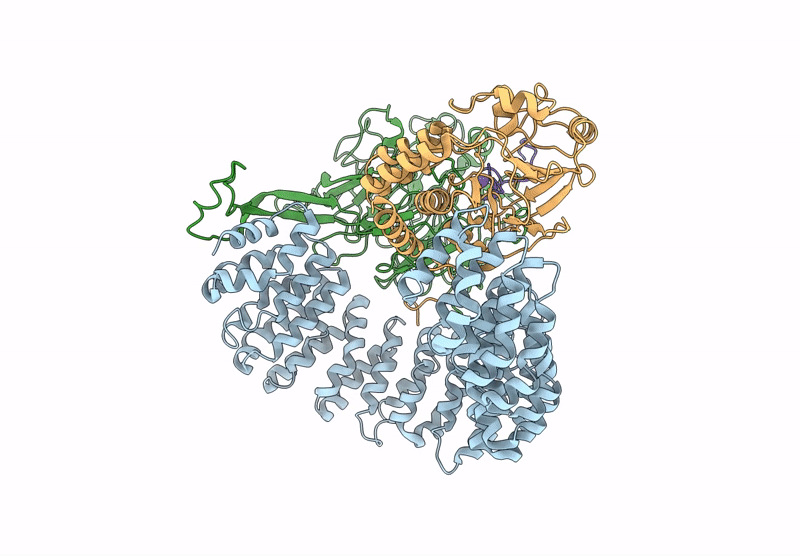
Deposition Date
2025-01-24
Release Date
2025-06-18
Last Version Date
2025-07-09
Method Details:
Experimental Method:
Resolution:
3.71 Å
Aggregation State:
PARTICLE
Reconstruction Method:
SINGLE PARTICLE


